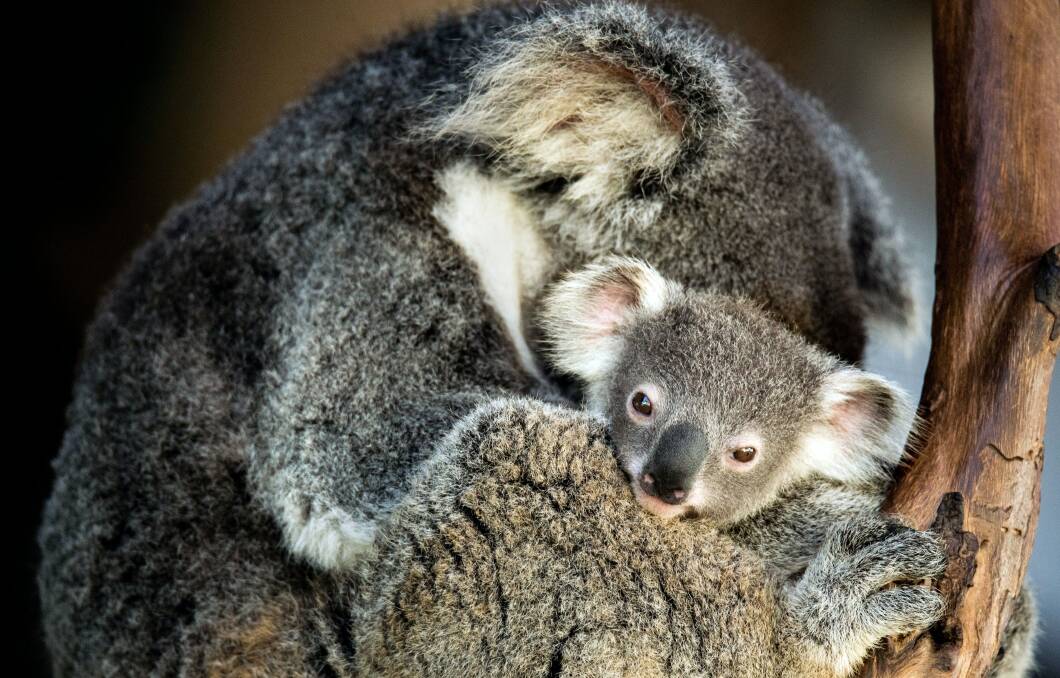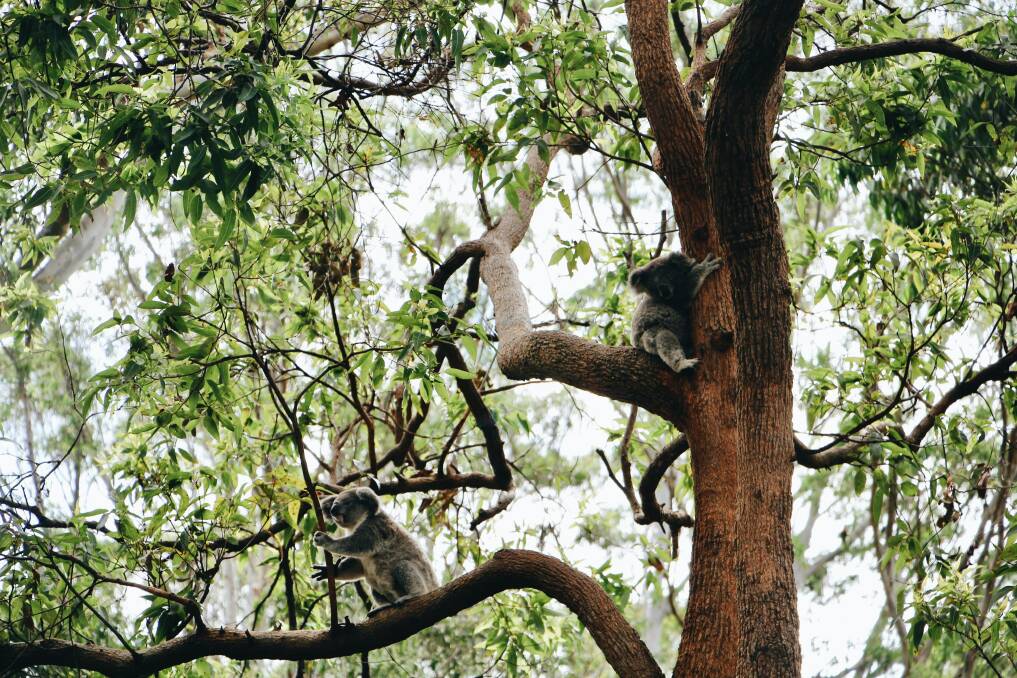Koalas are in imminent danger in the Sydney Basin Bioregion, confirmed a recent report commissioned by the Sydney Basin Koala Network (SBKN).
Create a free account to read this article
$0/
(min cost $0)
or signup to continue reading
Prepared by Biolink, the report showed that the iconic Australian species is under threat and in some areas they are already all but extinct.

In the lead up to the 2023 NSW Election, environmental groups, including the Total Environment Centre (TEC) - which manages SBKN - are calling on all parties and independents running for election to adopt policies to halt the trajectory for koalas from endangered to extinct.
Koalas are facing multiple threats, including the cumulative effect of development causing habitat loss, modification and fragmentation, along with vehicle strikes, dog attacks, stress-induced disease and significant weather events such as drought, fire and floods.
The SBKN report confirmed just 10 per cent of the Sydney Basin has koala occupancy, with six focal areas of significance identified as key to improving the fate of koalas in the region, including the Hawkesbury.
According to a companion report by the Environmental Defenders Office (EDO), legal protections are inadequate, however there is an opportunity to create an immediate impact and halt the decline of koala populations across the state.
This can be done by ensuring laws apply to all koala habitat by adopting consistent, comprehensive mapping across NSW as a matter of urgency - identifying key areas for conservation, and urgently reforming state laws to deliver certain protection and strong safeguards for koalas in all environmental, planning and land clearing legislation.
TEC Director Jeff Angel said, there are alarm bells going off across the region, with an overall decline in koala numbers in the Sydney Basin - an estimated 22 percent in the past 20 years.
"NSW legislation and policy has continued to allow their decline," he said.
"Areas with the most significant koala populations are not being protected from development and other threats, despite their looming extinction.
Mr Angel outlined some of the reported failures in the protection of koala habitats including the NSW Koala Strategy essentially being an advisory document and not legally enforceable, failures to comprehensively map core koala habitat through Koala Plans of Management, significant amounts of clearing and development occurring with little oversight, and safeguards having limited application and often being discretionary.
"No government to date has provided koalas with adequate protection," Mr Angel said.
EDO Special Counsel, Nature Cerin Loane said, after extensive review, it was clear that the laws are not up to the task of protecting koalas and their habitat.
"We have identified multiple opportunities to strengthen koala laws and policies," she said.
"We need urgent reform together with ongoing support for government agencies and private landholders to identify koala habitat, assess threats, and properly implement the rules."
The loss of koala habitat from the Black Summer bushfires (78.7 per cent in the Hawkesbury) has seen habitat closer to urban areas become critical to recovery, as protection against fire is prioritised in these areas.

Australia's largest wildlife organisation, WIRES, is funding the SBKN project and have dedicated volunteers and emergency rescue teams responding to calls from the public about displaced, injured and orphaned koalas.
Hawkesbury WIRES koala carer, Morgan Philpott, said habitat protection is key, calling it "the silver bullet" and "what the governments need to be getting really serious about".
"It's great to have organisations, like Greening Australia, Local Land Services and Greater Sydney Land Service's, doing all of this replanting of native trees," he said.
"But to me, it's a great sadness that we need them in the first place.
"And then the problem is that all the really good work that these organisations do is offset by the fact that governments are still allowing large scale clearing for urbanisation and development within state forests.
"Whilst that happens, we will have a really big problem here in terms of trying to conserve koala colonies in Australia."
Mr Philpott has regular call outs in the Hawkesbury, for sick and injured koalas.
"We tend to think that the colony here (Hawkesbury) is growing, and they are showing up in places where they haven't been seen inside living memory, which is, is good," he said.
"But we do know that the colonies here in the Hawkesbury are sick. They suffer badly from chlamydia and that would probably be the number one reason that we see koalas coming into care with us.
"What I think we really need is much longer studies to get a better understanding of what's affecting these animals ... they need to provide longer funding for these projects so that we can increase our knowledge base on these animals while they're still here."
Mr Philpott said its disappointing to see "whole sale clearing" of habitats, when it is known it is a key driver of the koala population's decline.
"We work very hard to try and save the quality that we have ... we try and impact our little corner as much as we can and we do it one koala at a time."
In the lead up to the 2023 NSW election, the Total Environment Centre (TEC) will release a report card evaluating candidate's policies commitments on the issue of koala protection.


